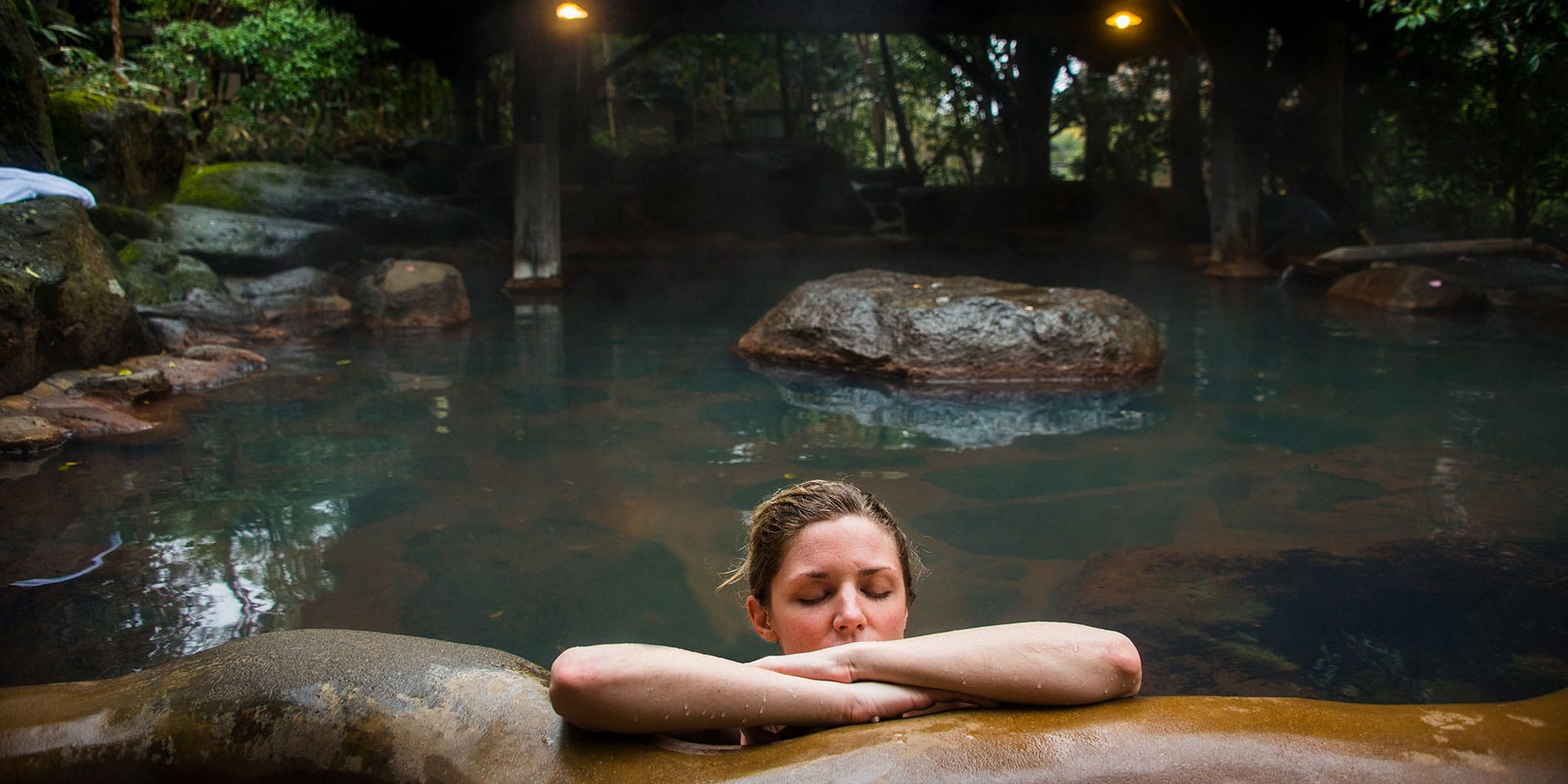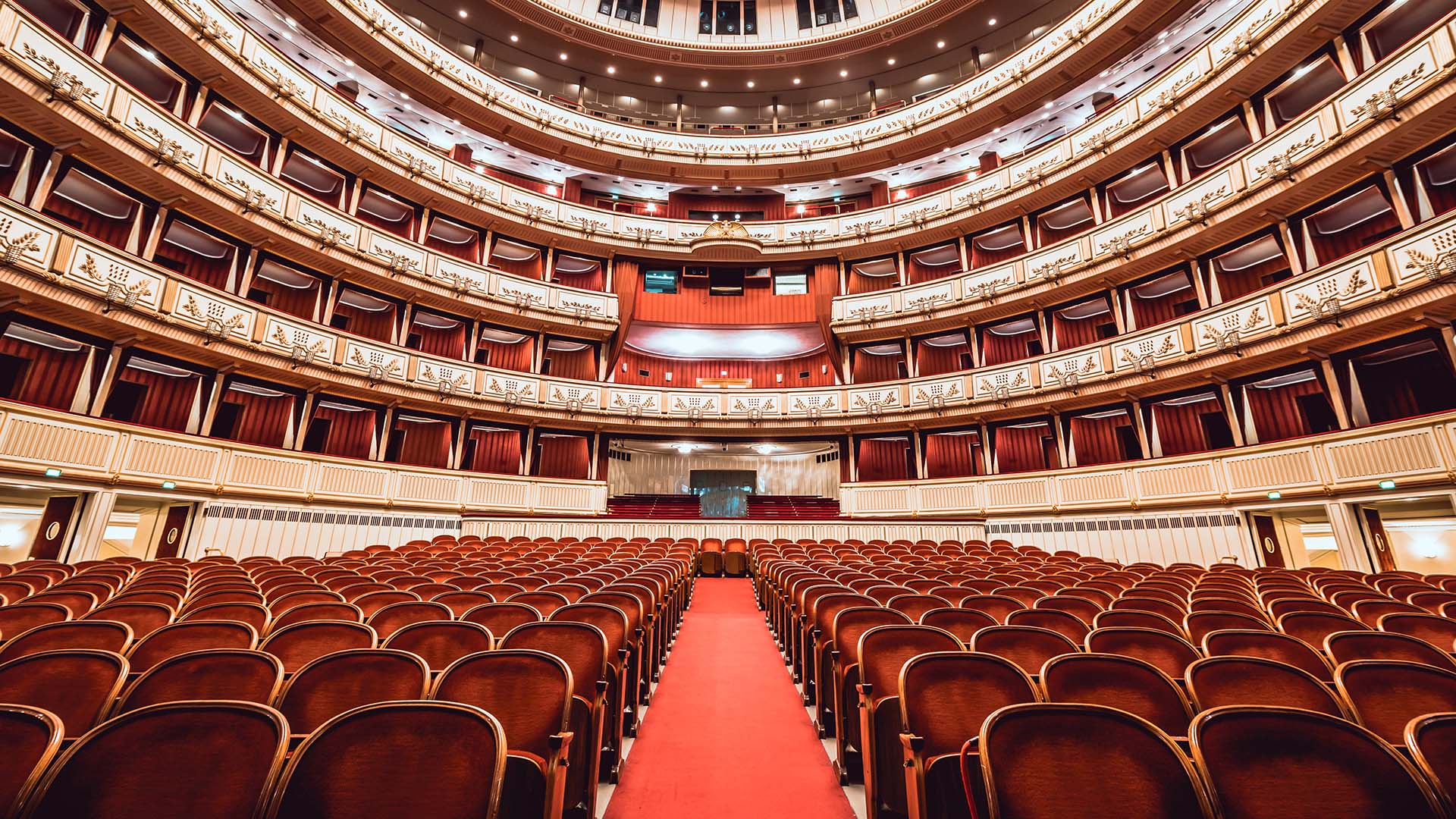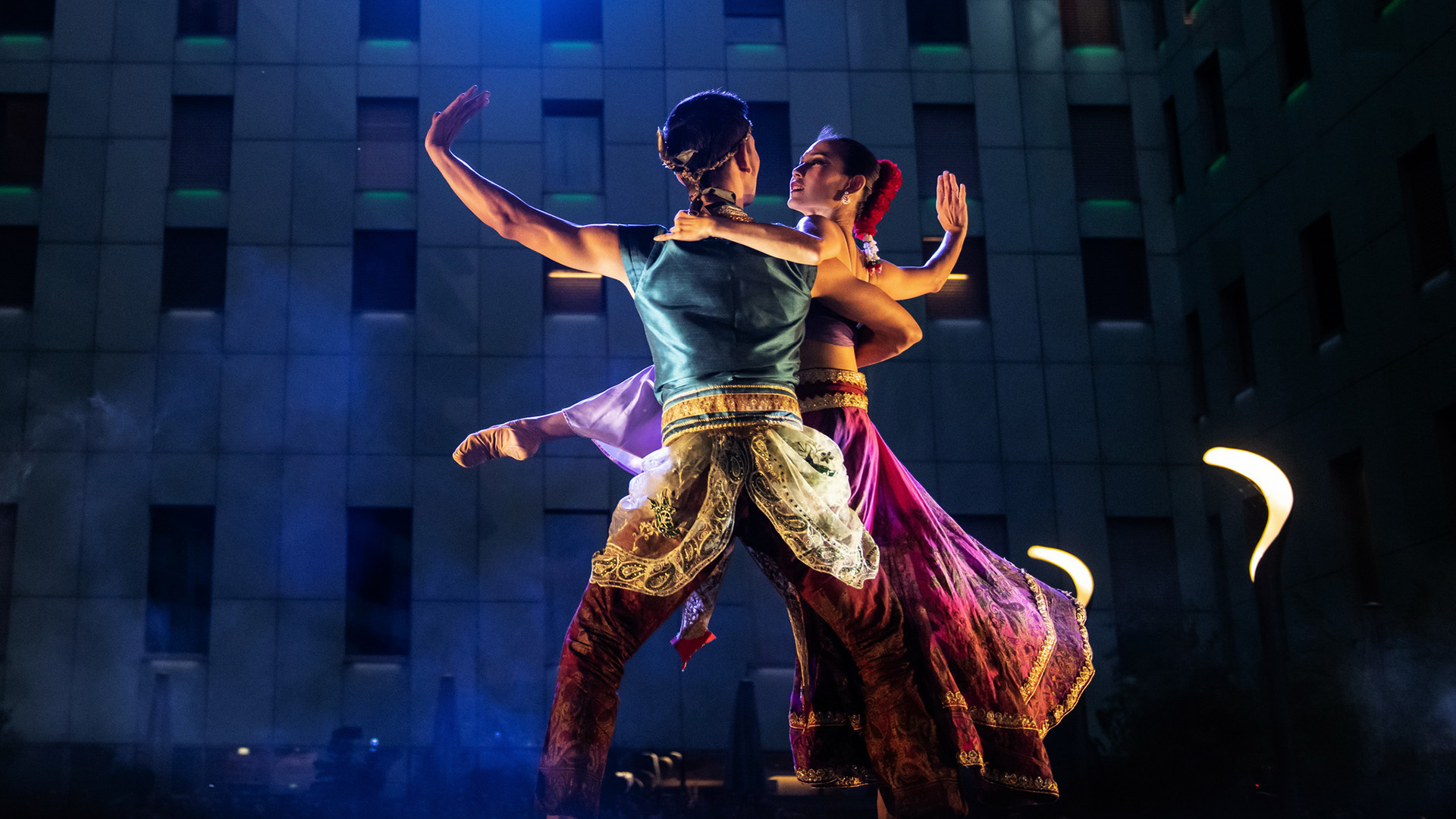
Before you set foot in a Japanese onsen, there are a few things you should know. (Photo: Getty Images)
Culture + StyleA Guide to Japan’s Onsen Etiquette for First Timers (Hint: You’re Gonna be in the Buff)
By Jeanne CheungEverything was perfectly still. The first thing that assaulted my nostrils was the smell, an unmistakable stench of sulphur that reminded me of rotten eggs and the bodily gases someone lets out on a packed train.
Smoke was hovering above the water’s surface. I had almost expected to see the milky liquid bubbling away, but save for a few ripples caused by its occupants, the onsen water looked calm.
A slow current ran in the deeper end of the small pool—or the very big bath—pumping fresh, pungent spring water from underground for bathers’ enjoyment.
This is my first experience with Japan’s natural bubbling hot springs—known as onsen—that litter the country. Some 27,000 hot springs are spread across Japan’s 3,000 onsen towns; but it is in Hokkaido where you’ll find the greatest number.
Explore may great places to visit in Japan on Marriott TRAVELER.

Many skiers coming to the snow country actually make a point of adding an onsen experience to their itinerary to combat ski-related fatigue.
They come in different shapes, sizes and colors (the color of the water indicates the dominant minerals present: red for iron, milky for sulphur, blue for bicarbonate and so on). Some are considered rare and each type is said to have a different therapeutic effect.
But they all have one thing in common: complete nudity is mandatory.
Just two minutes ago I was sitting on a small stool facing a wall, scrubbing myself clean in an awkward position.
There were a dozen shower heads installed along the walls—each about three or four feet away from the next—hanging low from the floor.
And because I (deliberately) arrived close to closing time, only one other was occupied.
It should be just like any other shower on any other day, but as you are lathering away, you become painfully aware that the stranger behind you has an unobstructed view of your backside.
Only after repeatedly reassuring myself that I was cleaner and redder than a lobster ready for chef’s table did I turn off the water and shuffle to the center of the room near the bath.
There must be some form of invisible ventilation installed and while it made the air cooler, it did little to help the stench.
Stealing a glance, I saw my friend—she had finished scrubbing earlier and was already relaxing in the bath, eyes closed, oblivious to her surroundings.
Not wanting to wait till she popped her eyes open, I dipped my toes in the water.
And with a small yelp, I quickly withdrew them.
I knew it was going to be hot, but did not expect it to be THIS hot. The shower did not prepare me for what seemed like water at boiling temperature (in reality it was close to 122 degrees F).
Waters from many hot springs are naturally too hot and have to be cooled before they become suitable for bathing.
Logically I knew it was safe to bathe in, but the shock of dipping your feet into a very hot pool was real, and my yelp had literally opened the eyes of the other women in the bath too.
Mortified, I could feel my face burning up as they looked at me, almost lazily.
All hope of slipping into the water unnoticed was lost and here I stood—or should I say half crouched—by the pool, armed with nothing but a tiny face towel, completely embarrassed by the commotion I caused.
My predicament was apparent, and my friend helpfully intervened, “Get in. It’s not that hot once you get used to it.”
That reminded me. The milky water could provide a much-needed cover and at that point in time it didn’t matter if the water was actually boiling, I slipped in anyway.
For the first few seconds it felt scorching hot, but that slowly turned into something mind-numbingly pleasing—a bit like a sauna, but nicer.
The magical, therapeutic qualities of the onsen water was potent: after a few minutes I eased myself into a state of trance, although still half embarrassed by the fact that I was bathing naked next to a friend I’d known for over two decades.
If you’re wondering why, in contrast to my own awkwardness, my friend seemed so at ease in an onsen, it was because she’s been there, done that.
And true enough, after the first few times, the mortification simply washes away. Now I can leave my self-consciousness at the door, and truly enjoy this quintessentially Japanese experience.
Onsen Etiquette
- Undress before you enter. At the onsen, everyone is expected to get stark naked—no exceptions and non-negotiable.
- Onsen baths are meant for soaking only, meaning you’re not supposed to clean yourself in the bath. Scrub yourself clean before you dip in and don’t make a splash.
- The optimal way of soaking is to submerge in the water up to your shoulder. Your hair is not supposed to touch the water. No towels in the water either.
- Onsen is a singular experience but seriously, no photos and no mobile phones.
- Though many onsen hotels offer baths indoors, soaking in the hot spring waters outdoors is truly the best way to go, especially in winter when it’s snowing.
- Most onsen baths are gender segregated but mixed baths do exist. Most allow towels or swimsuits for modesty but the really ancient ones might not—enter at your own peril.
- If getting naked with strangers proves too much a hurdle for you to get over, a lot of onsen hotels have smaller private baths (usually indoors) available for booking.
- For your safety don’t soak for too long. Drink plenty of water before and after, but avoid alcohol. Eating right before or after bathing is also not recommended.
- Onsen is a place for relaxation so while you can certainly chat with your companions, don’t be loud and obnoxious.
- Finally, as you leave, there’s no need to rinse after the bath but do wipe yourself dry before reentering the dressing area.
Explore may great places to visit in Japan on Marriott TRAVELER.







